1955? I bet my great-great-grandmother was alive then! Maybe she knew Rosa Parks!
We were reading Nikki Giovanni’s Rosa, a powerful and nuanced account of the Montgomery bus boycott. To a 7-year-old, anything that happened more than four months ago was a long time ago; events that took place before they were born are ancient history. 1955 may as well be 1855. My students, predominantly white and attending a well-to-do suburban school, were categorizing the Civil Rights Movement along with the extinction of dinosaurs and the Time Before Television.
I marked the page with my finger and rested the book in my lap. “1955 wasn’t that long ago, you know. Your grandparents were alive then — some of your aunts and uncles were little babies at the time!” The kids looked at each other with wonder or skepticism, some doing calculations to confirm my assertion. “My mom is 40! That means she was born in . . . 1971! And I think my grandma is 70-something. Whoa!”
Listening to them marvel, seeing them orient themselves suddenly on a timeline that stretched between generations, inspiration struck. “You know,” I said, “we could write letters to our grandparents, asking them to share their memories of the Civil Rights Movement.” If the children could connect their learning in the classroom to their lives outside of school, and see that the Civil Rights Movement’s crescendo wasn’t so long ago, they might begin to better understand the continuing reverberations, the work that remains to be done.
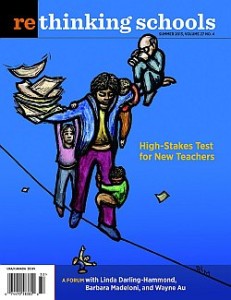 This lesson was published in the Summer 2013 issue of Rethinking Schools magazine. For other lessons and articles in this issue, visit www.rethinkingschools.org.
This lesson was published in the Summer 2013 issue of Rethinking Schools magazine. For other lessons and articles in this issue, visit www.rethinkingschools.org.

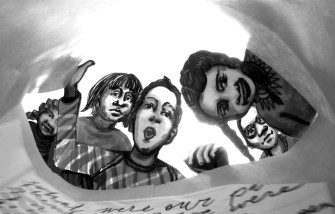

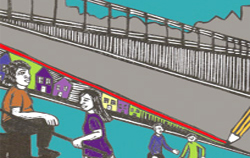

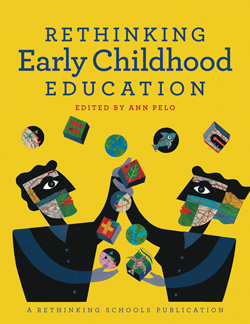

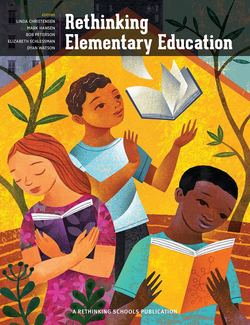






Sounds like a great way to teach history to elementary aged children. I am a strong supporter of also teaching about struggles that are continuing today. It seems that many children and young people learn that the struggles for justice ended with the victories of Martin Luther King and Cesar Chavez.
If any readers are interested in sparking lively discussions with children and young people about the current fight for to raise the minimum (the “fight for $15”) take a look at “Joeltio’s Big Decision” about a boy, a burger and the fight for a living wage. A month’s or year’s curriculum can spring from this beautifully illustrated Spanish bilingual book.